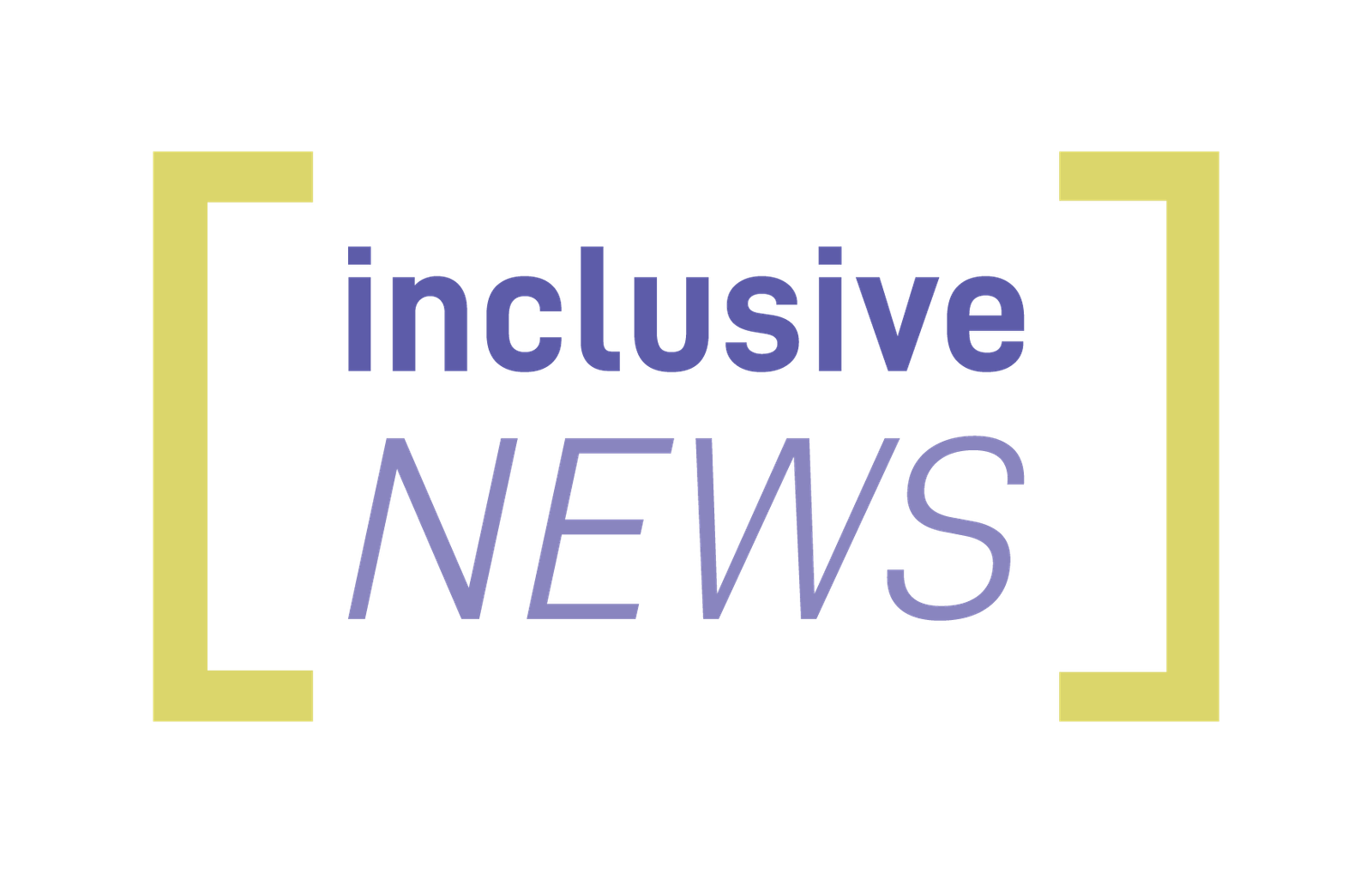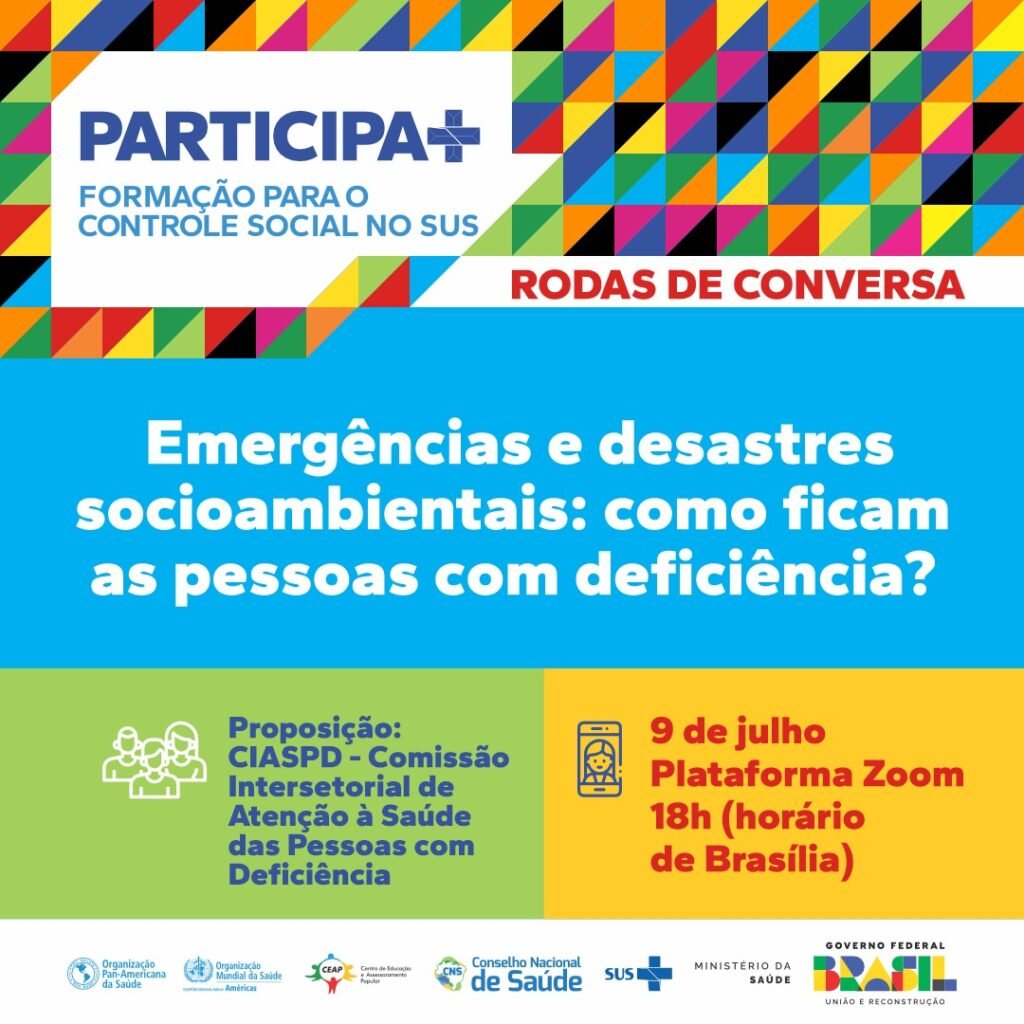|
Blog: Space for persons with disabilities in UNDP programming |
[Facilitator’s Note: Dear colleagues, Below you will find updates and questions from the moderators of each blog on the Inclusion and Disability. While the questions are a useful guide and we welcome your reaction to them, you don’t need to be restricted to just those questions. If you would like to raise new points or questions, please feel free to do so. To visit blogs and post a message, visit http://ws.undp.sk/disability (This website is safe, so please ignore the message about the security certificate and proceed to the website). For those who are not UNDP staff, please send an e-mail to mpn.support.8@undp.org to request access to this website. To contribute to the discussion by e-mail without accessing the website or in case of questions, please send your message to pr-disability@groups.undp.org]
Blog: Space For Persons With Disabilities In UNDP Programming. Moderated by Sofija Korac, UNDP Serbia. (This blog discusses implementation of programmes related to PWDs)
SUMMARY
Definition of Disability: The discrepancies in the definition of disability prompted a discussion this week. According to the UN, “Persons with disabilities include those who have long-term physical, mental, intellectual or sensory impairments which in interaction with various barriers may hinder their full and effective participation in society on an equal basis with others.” It was emphasized to include all of the aforementioned types of disabilities in UNDP programming, and when discussing and implementing new projects, to ensure that they would include all the different types. A discussant brought up the discrepancy of data about the percentage of disabled people within the population, which ranges from 3% in some countries up to 18% in others as an example to illustrate the need for a universal definition. The concept of invisibility was also discussed – a discussant emphasized that a lack of a clear definition of disability would result in a “forced invisibility.” For example, in some countries, mental illness or psycho-social impairments more broadly are considered to fall outside the spectrum of disability. Yet some of the most vulnerable and marginalized belong to this group.
The UN definition also prompted an interested point in “long-term” vs. “short-term” disabilities; how would persons who became temporarily disabled be protected under employment codes, in the educational system, etc? Where do these “short-term” disabilities fit into UNDP programming? Another issue brought up is the lack of awareness among the different types of disabilities, and the lack of cooperation between cross-disability DPOs/NGOs and the single-disability organizations within a country.
An example from UNDP Croatia illustrated a project that began in 2007, which included many different types of disabilities. It is called “Right to Live in a Community: Social Inclusion and Persons with Disabilities” and is based on a broad partnership with CSO’s; educational institutions; public institutions and the business sector. The main five components of the project include: 1) development and support of foster care for children with intellectual disabilities; 2) development and implementation of the inclusive education model; 3) increasing employment of persons with disabilities in the public and private sectors; 4) national legislation review as it pertains to PWDs; and 5) increasing sensitivity of diversity.
Mainstreaming of disability rights issues was discussed again this week, with an emphasis on including disability rights in other types of UNDP programming. Disability is a concept that not only affects the individual, but the whole community as well. The costs of excluding PWDs from mainstream society are very high, and have to be borne by the whole community, and also result in an overall loss of productivity and development of human potential. An example from UNDP Zambia showed that Zambian Disabled Persons Organizations (DPOs) are key partners in achieving Millennium Development Goals (MDGs). Several workshops have been held, with technical and financial support from UNDP Zambia, to educate the rural population on MDGs and their significance. Furthermore, the government of Zambia has included a chapter on PWDs in its fifth national plan.
Challenges related to PWD-related programming: Several challenges were discussed from country office experiences in conducting programming related to PWDs as well as employing PWDs within the UNDP. UNDP Uzbekistan discussed the following they encountered: 1) mentality and thinking outside the box, i.e. abandoning the medical model/traditional views of disability; 2) Accessibility component and lack of technical skills/tools to fully comprehend and make the proper changes; 3) UNDP not quite ready to serve as the example for the UN Country Team and for the host country. How can country offices overcome these challenges and employ PWDs as well as expand their projects related to disability rights? What are some other experiences in other UNDP offices?
QUESTIONS OF THE WEEK:
Can the UNDP establish a working definition of disability to be utilized by all the country offices? How can existing definitions (Convention, WHO’s International Classification of Function, Disability and Health – ICF) be combined to include a more comprehensive yet clear definition? And will a clearer “universal” definition enable UNDP to include all types of disabilities in its programming and serve as a model for other UN agencies?
Blog: UNDP As An Inclusive Employer, Moderated by Geraldine Glassman, UNDP Bureau of Management, Office of Human Resources. (This blog discusses human resource strategies in UNDP)
The participants of the blog Blog: UNDP As An Inclusive Employer have also dwelled on defining disability in respect to UNDP’s human resources practice. The primarily question is how do we take into consideration the multitude of disabilities when developing and/or modifying an HR policy?
QUESTIONS OF THE WEEK:
If you have a disability, what challenges have your encountered looking for employment and then when you found employment? If you are an employer who has hired a person with a disability, what were the adjustments that needed to be made in your office? Disability is not only long-term. If you have been temporarily disabled while working, has your company /organization adequately accommodated you during this time?
The question(s) of the week are the questions raised by the participants in our blog-based discussion above.
Blog: Are Persons Disabled or is Society Disabling?, Moderated by Louise Nylin, UNDP Bratislava Regional Centre. (This blog discusses concepts, attitudes and analysis of issues of PWDs.)
Two human rights principles that are prominently featured in the Convention on Persons with Disabilities are non-discrimination and participation/inclusion. The PWDs Convention was drafted in a very participatory way, with strong participation of persons living with disabilities. When applying a human rights based approach these principles should be both guiding the process, such as who has access to participate in, or influence the development of national/regional policies as well as the result, such as equal access to primary education for all.
Another relevant human rights principle is accountability. Now when the convention has entered into force, it will provide a good tool for NGOs and other actors to monitor the Government compliance with their obligations under the convention.
QUESTIONS OF THE WEEK:
I would be interested to hear about experiences from your countries, if these principles have been applied in the policy making process and therefore leading to more involvement of persons with disabilities and if this had an impact on the end result? Do you know of examples where NGOs effectively have been monitoring the work of respective government on their PWDs record?



